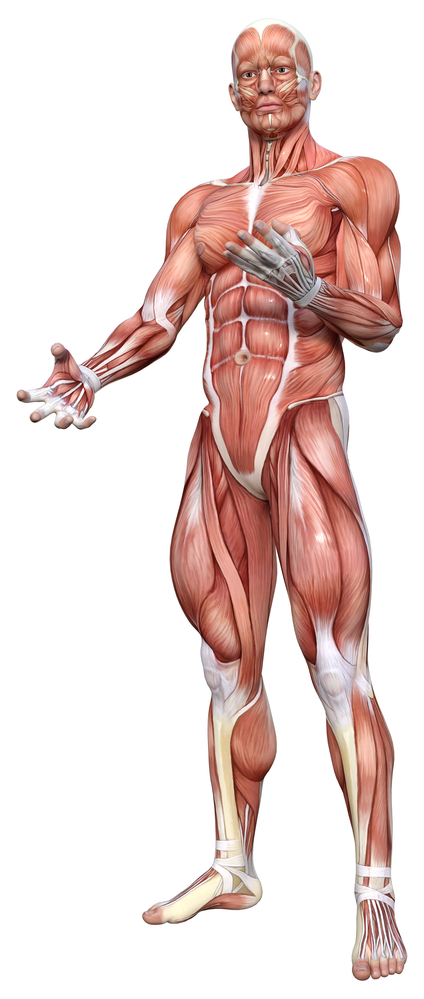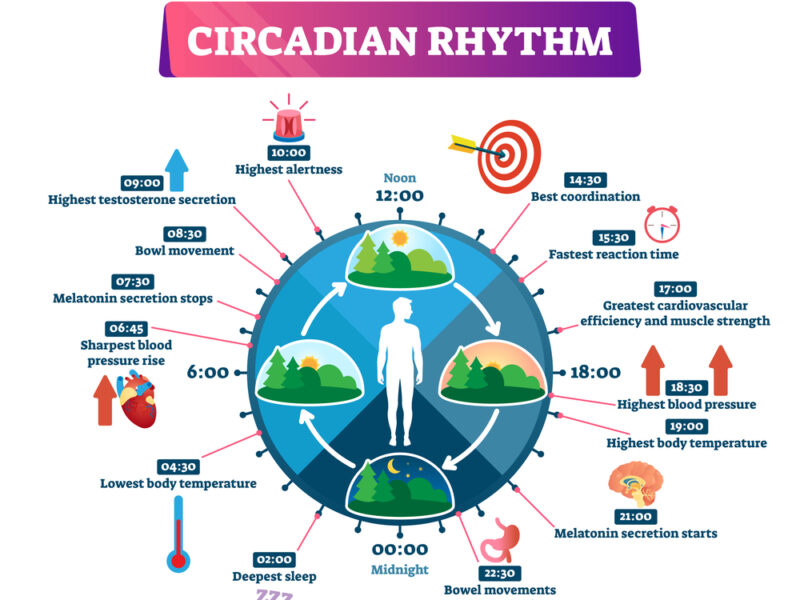Mastering Anatomy: A Comprehensive Guide to Learning Human Anatomy
Learning human anatomy is a foundational skill for various professions, from medicine to art. Understanding the structure of the human body is crucial for medical students, healthcare professionals, and artists aiming to create realistic depictions of the human form. This comprehensive guide explores effective strategies, resources, and tips for mastering anatomy.
Understanding the Importance of Anatomy
Human anatomy is the study of the structure and organization of the human body. It is divided into several areas, including gross anatomy, microscopic anatomy, and developmental anatomy. For medical students and professionals, a thorough understanding of anatomy is essential for diagnosing and treating illnesses, performing surgeries, and understanding the relationships between different body systems. For artists, particularly those involved in figure drawing, a solid grasp of anatomy is key to creating realistic and proportionate human figures.
Effective Strategies for Learning Anatomy
1. Utilize Visual Aids
Visual aids are indispensable when learning anatomy. Textbooks with detailed illustrations, anatomical models, and 3D software can provide a deeper understanding of the body’s structures. Websites and apps like Complete Anatomy and Human Anatomy Atlas offer interactive 3D models that allow you to explore the human body in detail.
2. Study in Small Chunks
Breaking down the study material into smaller sections can make learning anatomy more manageable. Focus on one system or region of the body at a time, such as the skeletal system, muscular system, or cardiovascular system. This method, known as “chunking,” helps prevent overwhelm and allows for better retention of information.
3. Engage in Active Learning
Active learning involves engaging with the material in a way that promotes better understanding and retention. Techniques include drawing diagrams, labeling anatomical structures, and teaching the material to someone else. Flashcards can also be useful for memorizing terms and structures.
4. Attend Dissection Labs
For medical students, attending dissection labs is one of the most effective ways to learn anatomy. Dissecting cadavers provides hands-on experience and a real-world understanding of the body’s structures. If dissection labs are not available, consider virtual dissection tools that simulate the experience.
5. Use Mnemonics and Memory Aids
Mnemonics are memory aids that help you remember complex information. Creating acronyms or phrases for anatomical structures and their functions can simplify the learning process. For example, the acronym “SCALP” can help remember the layers of the scalp: Skin, Connective tissue, Aponeurosis, Loose connective tissue, and Periosteum.
Recommended Resources for Learning Anatomy
1. Textbooks
Textbooks like “Gray’s Anatomy for Students” and “Netter’s Atlas of Human Anatomy” are essential resources. They provide detailed illustrations and explanations of anatomical structures and are widely used in medical education.
2. Online Courses and Tutorials
Platforms like Coursera, Khan Academy, and YouTube offer free and paid courses on human anatomy. These courses often include video lectures, quizzes, and interactive content to reinforce learning.
3. Anatomy Apps
Apps such as Complete Anatomy, Human Anatomy Atlas, and Essential Anatomy 5 offer interactive 3D models and detailed information about the human body. These apps are useful for visualizing anatomical structures and understanding their relationships.
4. Study Groups and Peer Learning
Studying with peers can enhance your understanding of anatomy. Joining a study group allows you to discuss challenging concepts, quiz each other, and share resources. Peer teaching is also an effective way to reinforce your knowledge.
5. Anatomical Models
Investing in anatomical models, such as skeletons, organs, and muscle figures, can provide a tactile learning experience. These models are useful for visualizing and understanding the spatial relationships between different anatomical structures.
Tips for Success
1. Develop a Study Schedule
Consistent study habits are crucial for mastering anatomy. Develop a study schedule that includes regular review sessions. This helps reinforce your knowledge and prevents cramming before exams.
2. Practice Regularly
Regular practice is essential for retaining anatomical knowledge. Practice drawing anatomical structures, labeling diagrams, and quizzing yourself on different body systems. The more you practice, the more familiar you will become with the material.
3. Seek Help When Needed
If you find certain concepts challenging, don’t hesitate to seek help. Consult your instructors, join study groups, or use online forums to clarify doubts. Resources like AnatomyZone and TeachMeAnatomy offer detailed explanations and tutorials to help you understand complex topics.
4. Stay Motivated
Maintaining motivation is key to successfully learning anatomy. Set achievable goals, celebrate small victories, and remind yourself of the importance of anatomy in your chosen field. Keeping the end goal in mind can help you stay focused and motivated.
Conclusion
Mastering human anatomy requires dedication, effective strategies, and the right resources. By utilizing visual aids, engaging in active learning, attending dissection labs, and using mnemonic devices, you can enhance your understanding of anatomical structures. With the right approach and resources, anyone can learn and master the intricate details of human anatomy.
For further reading and resources, consider visiting TeachMeAnatomy, an excellent online resource for anatomy students.
By following these strategies and utilizing the recommended resources, you can develop a comprehensive understanding of human anatomy, whether you’re a medical student, healthcare professional, or artist.

